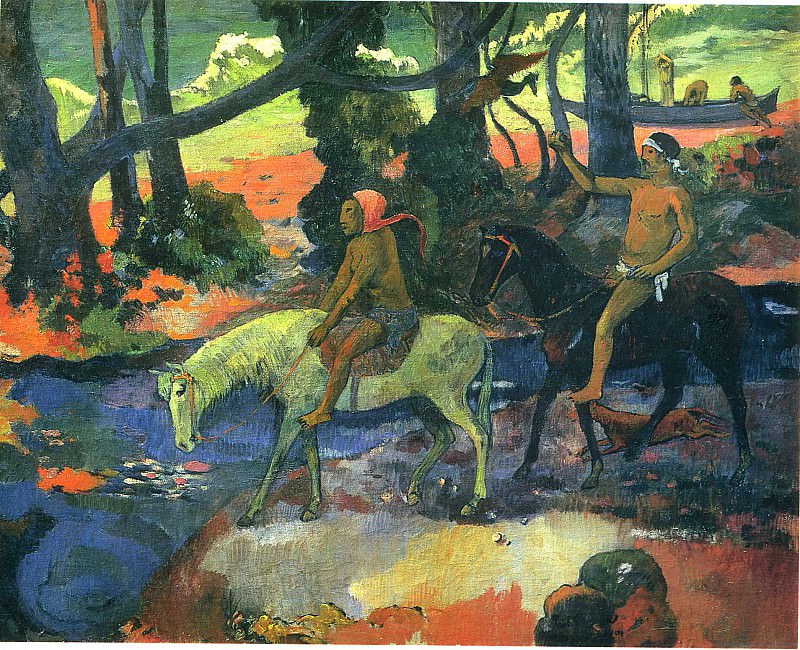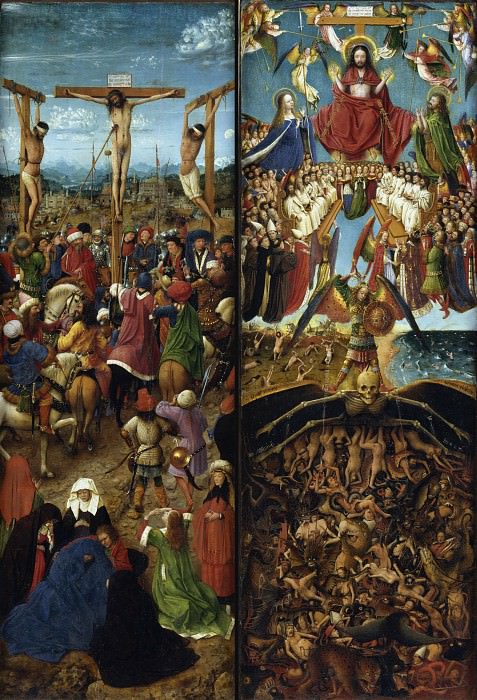Judith Leyster: A Trailblazing Artist of the Dutch Golden Age
Judith Leyster, one of the most remarkable artists of the Dutch Golden Age, stands as a testament to the resilience and talent of women in a male-dominated world. Her works, filled with vitality and emotion, offer a unique glimpse into 17th-century Dutch life and culture. Leyster's story is not just one of artistic excellence but also of overcoming the challenges that came with being a woman in the art world of her time.
Early Life and Training
Born in Haarlem in 1609, Judith Leyster grew up during a period of immense cultural and artistic flourishing in the Netherlands. She was the eighth of nine children in a relatively well-off family. Her father was a brewer, and it is believed that her family’s social standing allowed her access to art and culture from a young age. However, it is unclear exactly how Leyster received her artistic training, as there are no records of her being apprenticed to a master, which was the traditional path for artists at the time.
Nevertheless, by the age of 24, Leyster had become a member of the Haarlem Guild of St. Luke, the professional organization for artists. This was a significant achievement, as she was one of the first women to be admitted to the guild, marking her as a professional artist in her own right.
The Artistic Style of Judith Leyster
Leyster's style was heavily influenced by the work of Frans Hals, a prominent portraitist in Haarlem, and it is likely that she had some association with his workshop. Hals was known for his lively, spontaneous brushwork and his ability to capture the fleeting expressions of his sitters. These qualities are also evident in Leyster's work, though she brought her own unique touch to her paintings.
Leyster's compositions often depicted scenes of everyday life, filled with vibrant characters engaged in music, merriment, and other leisurely activities. Her use of light and shadow, combined with a keen sense of detail, brought a dynamic realism to her work. Unlike many of her contemporaries, who focused on more formal, idealized subjects, Leyster's paintings are intimate, relatable, and often filled with humor.
Notable Works
One of Leyster's most famous paintings is The Merry Company, a lively scene depicting a group of musicians and drinkers in a tavern. The figures are animated, their expressions captured in mid-laughter or song, creating a sense of immediacy and joy. The composition is carefully balanced, with the figures arranged in a circular manner that draws the viewer's eye around the painting, enhancing the feeling of being part of the scene.
Another significant work is The Proposition, which stands out for its departure from the typical cheerful scenes Leyster is known for. This painting depicts a woman sitting at a table, her sewing interrupted by a man who offers her money, clearly implying an illicit proposition. The subdued lighting and the woman’s downward gaze convey a sense of unease, highlighting Leyster's ability to capture complex emotions and narratives.
Self-Portrait is perhaps Leyster's most iconic work, serving as both a declaration of her skill and a challenge to the male-dominated art world. Painted around 1630, this portrait shows Leyster seated at her easel, looking out at the viewer with a confident, almost mischievous smile. The painting within the painting—a lively scene of a violin player—is a testament to her versatility and command of different subjects.
Legacy and Rediscovery
Despite her achievements, Leyster's work was largely forgotten after her death in 1660. For centuries, many of her paintings were misattributed to her male contemporaries, particularly Frans Hals, whose style was similar to hers. It wasn’t until the late 19th and early 20th centuries that art historians began to rediscover and correctly attribute her works, leading to a renewed interest in her life and legacy.
The misattribution of Leyster's works highlights the broader issue of how women artists were often marginalized and overlooked in art history. Leyster's story is a reminder of the many talented women whose contributions have been minimized or forgotten simply because of their gender.
Judith Leyster's Influence
Leyster's influence can be seen in the works of her contemporaries and those who followed. Although she only had a few pupils, including the artist Jan Miense Molenaer, her husband, her impact on the genre of Dutch genre painting is undeniable. Her ability to infuse her scenes with life and emotion set a standard for other artists of her time and beyond.
Today, Leyster is recognized as one of the leading artists of the Dutch Golden Age. Her works are celebrated for their technical skill, emotional depth, and the unique perspective she brought to her subjects. As more research is conducted, and more of her works are correctly attributed, Leyster’s place in art history continues to be solidified.
The Challenges of Being a Female Artist in the 17th Century
Judith Leyster’s career was marked by both success and struggle. The fact that she managed to gain recognition during her lifetime, in an era when female artists were rare, speaks to her extraordinary talent and determination. However, the challenges she faced were significant.
The art world of the 17th century was dominated by men, and women were often discouraged or outright barred from pursuing professional artistic careers. Many women who did become artists were either the daughters or wives of artists, which provided them with the necessary training and connections. Leyster, on the other hand, carved out her own path, gaining admission to the Haarlem Guild of St. Luke and competing in the same market as her male peers.
Despite her success, Leyster’s career was not without its setbacks. There are few records of her later works, suggesting that after her marriage to Jan Miense Molenaer, her artistic output may have diminished. This was a common fate for many women artists, who were often expected to prioritize their domestic duties over their careers.
The Importance of Judith Leyster's Art Today
In recent years, there has been a growing interest in the work of Judith Leyster, as scholars and curators seek to correct the gender imbalances of art history. Exhibitions dedicated to her work have been held in major museums around the world, and her paintings are now seen as important examples of Dutch Golden Age art.
Leyster’s art is celebrated not only for its technical mastery but also for the way it challenges and expands our understanding of the period. Her works provide a valuable insight into the lives of women in 17th-century Holland, depicting them as active participants in social life, rather than passive figures. This perspective is particularly important in a field where women’s voices have often been silenced or ignored.
Conclusion
Judith Leyster’s art remains a powerful reminder of the talent and resilience of women in the face of societal constraints. Her work continues to inspire and captivate audiences today, more than 350 years after her death. As one of the few female artists of the Dutch Golden Age, Leyster's legacy is not just in the beautiful paintings she left behind, but in the doors she opened for future generations of women artists. Her story is one of triumph over adversity, and her art stands as a lasting tribute to her skill, creativity, and determination.




